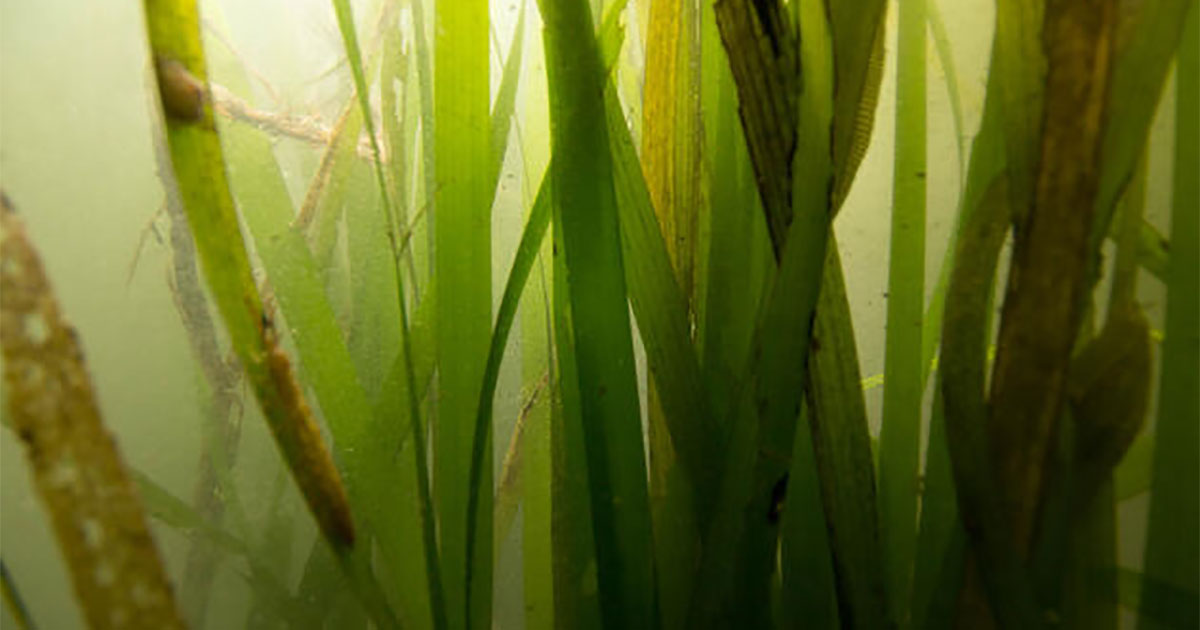Audubon California and partners released their San Francisco Bay Eelgrass Habitat Suitability Model, a powerful new tool that highlights future-resilient locations within the bay most suitable for restoration of eelgrass, a linchpin species for long-term bay health. The project was developed as a collaboration between Audubon California, Merkel & Associates, Inc., and Dr. Katharyn Boyer (Interim Director, Estuary and Ocean Science Center, San Francisco State University), funded by a grant from the California Ocean Protection Council.
“For over two decades, we have been amassing knowledge regarding eelgrass distribution, spatial dynamics and controls, as well as restoration capacity within San Francisco Bay through the concerted efforts of NOAA, the Coastal Conservancy, and many others,” said Keith Merkel, Principal Ecologist, Merkel & Associates. “Today, we’re taking a giant step forward in addressing the challenges of predicting where it will persist in the future.”
San Francisco Bay hosts an estimated 17% of California’s eelgrass. Eelgrass (Zostera marina) plays a critical role in the marine food web and bay ecosystem. Not only does it provide home and food to a vast quantity of marine life, including waterbirds like Surf Scoters, Buffleheads, and Western Grebes—its dense growth along the seafloor traps sediment and substrate, a crucial factor in preventing coastal erosion. Healthy eelgrass beds are a keystone of climate-resilient bays with its ability to mitigate ocean acidification, anchor shorelines, dampen waves, and store carbon. However, eelgrass is a notoriously difficult species to restore and to establish, leading to expensive and inconsistently successful conservation efforts.
“Understanding where eelgrass will grow best now and under different future scenarios is critical to our decision making,” said Dr. Boyer. “It is really exciting to have a much better tool to determine where to put our time and effort on the ground.”
Traditional models only predict the probability of occurrence under current conditions, providing very limited information to address anticipated changes in future environmental conditions. The new model is able to project the persistence and density of eelgrass across San Francisco Bay, as well as eelgrass response to future climate scenarios, such as with a 1.22 meter sea level rise, low salinity, and high sea surface temperature conditions.
“This new model will equip resource managers and restoration practitioners with the data they need for smarter, more targeted eelgrass management, mitigation, and site selection,” said Daniel Orr, Audubon California’s Director of Geospatial Science and a lead researcher on the project. “We’re hopeful that this will greatly increase eelgrass protection and conservation in San Francisco Bay and beyond, creating more resilient bays for all Californians and the birds that share our home.”
“This work represents a critical step in managing this valuable habitat resource and the multitude of species that depend on it,” added Whelan Gilkerson, Senior Ecologist and a lead modeler on the project at Merkel & Associates.
With the completion of the San Francisco Bay eelgrass model, the team is seeking funding to tackle similar modeling effort within four other major bays across California that support significant eelgrass beds: Humboldt Bay, San Diego Bay, Mission Bay, and Tomales Bay. These bays, along with San Francisco, hold 81% of the known eelgrass in California’s waters and are critical resources to the Pacific Flyway. Read more about the project here.



